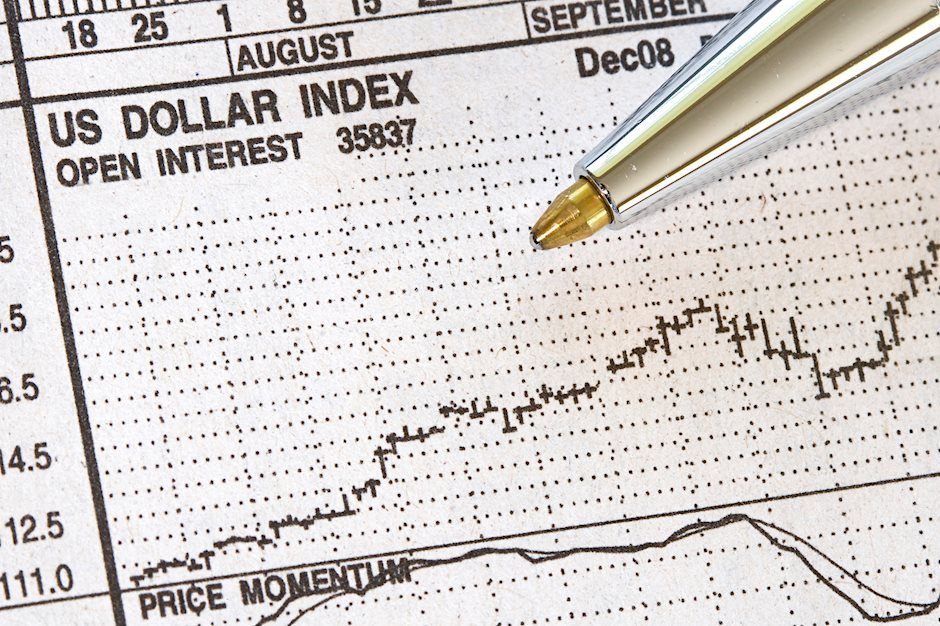Is the Dollar rout temporary or indicative of fundamental shifts?

Outlook: The big data release today has already come—China’s appalling 4.6% drop in PPI and measly CPI gain of 0.2%. The PBOC was already expected to cut rates sometime soon and now the expectation is growing.
Meanwhile, the Fed is expected to skip a hike next week and do the final hike at the July meeting--whatever CPI has to offer next Tuesday. The BoE and ECB will be hiking at least once more and probably more than once, but the end is in sight by (say) September. The Bank of Japan is under pressure to abandon curve control but there is zero evidence it gives a hoot about commentariat opinions.
Bottom line—inflation fear is receding. Reuters notes the relative calmness today is reflected in the US 20-year Treasury yield flat at about 4.05% when the 10-year is 3.75%, implying a surge of interest in the longer-dated paper. Nobody really looks at the 10-20 yield curve, but the point here is that it’s normal and not inverted. Granted, the usual 2-10 and other measures are still inverted.
It’s hard for market players to remember that societies and economies are still not normal and still under the destabilizing effects of the pandemic. Nobody’s behavior is “normal” in the sense of pre-pandemic portfolios based on a stable economic outlook. If we are indeed getting a genuine and lasting drop in inflation, it might be correct to imagine the central banks will be done this year or early in Q1 2024. That’s when we might be able to return to pre-pandemic “normal.” But that would be “done” with hiking. The wait for the first cut is going to be far longer than they now forecast. And that’s if we don’t get the decline in inflation now expected. Even if in the US it goes to 3.5%, that’s still not the Fed’s target.
Market players are prone to overestimation. They over-estimated the probability of recession and thus silly hopes of rate cuts by September, which was underestimating the resolve of the Fed and others, chiefly the RBA and BoC. Now they are starting to expect higher for longer, which is the correct idea.
The wild card is, as usual, oil. Oil prices are down about 40% from the pre-pandemic peak and despite the Saudis’ output cut commitment, yesterday WTI fell below $70. A story came out that roiled the market--that the US and Iran had reached a nuclear dela, later denied by both parties. Demand is really hard to guess if China is in such lousy shape, but in any case, regular prices for Brent and WTI are not accurate signals of global demand while Russia is peddling oil as fast as possible under the radar.
Forecast: The dollar rout yesterday was impressive in chart terms, but may be temporary on fundamental terms. That’s probably why follow-through dollar selling is not evident so far today. If only because it’s a Friday, caution is called for and we expect almost everyone to go home square, so watch out for long positions in the majors.
Tidbit: Markets are paying no attention to the Justice Dept indicting Trump on seven charges of federal crimes, including one under the Espionage Act, mishandling of documents, conspiracy to obstruct and obstruction itself. The charges will be unsealed next Tuesday, if not earlier, and reporters deeply desire the attorney general to speak to the public, if only to offset the lies and charges of political influence from the Trump world.
It goes without saying the first thing Trump did after getting the news was to send out funding requests to his base. It’s a sad day when an ex-president is indicted, a historic first, but it’s our fault for electing a fraudster unfit for office in the first place. At the same time, it’s a great day for the country because now it has been proved that the rule of law prevails.
On the side, former assistant prosecutors in the Watergate case 49 years ago have been regulars on TV and point out that they were restrained from indicting Nixon because incoming president Ford, the VP, pardoned him. They are still mad as hornets about that. So Trump gets the label “first ex-president to be indicted” but he’s not the first crook in the White House. Maddow makes the point that Nixon’s VP Spiro Agnew evaded prosecution 50 years ago because he confessed to 40 counts of felony misconduct and agreed to resign.
This is an excerpt from “The Rockefeller Morning Briefing,” which is far larger (about 10 pages). The Briefing has been published every day for over 25 years and represents experienced analysis and insight. The report offers deep background and is not intended to guide FX trading. Rockefeller produces other reports (in spot and futures) for trading purposes.
To get a two-week trial of the full reports plus traders advice for only $3.95. Click here!
This is an excerpt from “The Rockefeller Morning Briefing,” which is far larger (about 10 pages). The Briefing has been published every day for over 25 years and represents experienced analysis and insight. The report offers deep background and is not intended to guide FX trading. Rockefeller produces other reports (in spot and futures) for trading purposes.
To get a two-week trial of the full reports plus traders advice for only $3.95. Click here!
Author

Barbara Rockefeller
Rockefeller Treasury Services, Inc.
Experience Before founding Rockefeller Treasury, Barbara worked at Citibank and other banks as a risk manager, new product developer (Cititrend), FX trader, advisor and loan officer. Miss Rockefeller is engaged to perform FX-relat

















